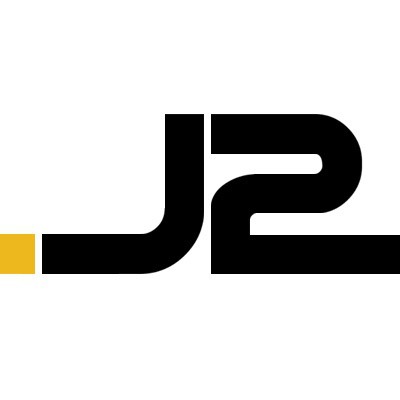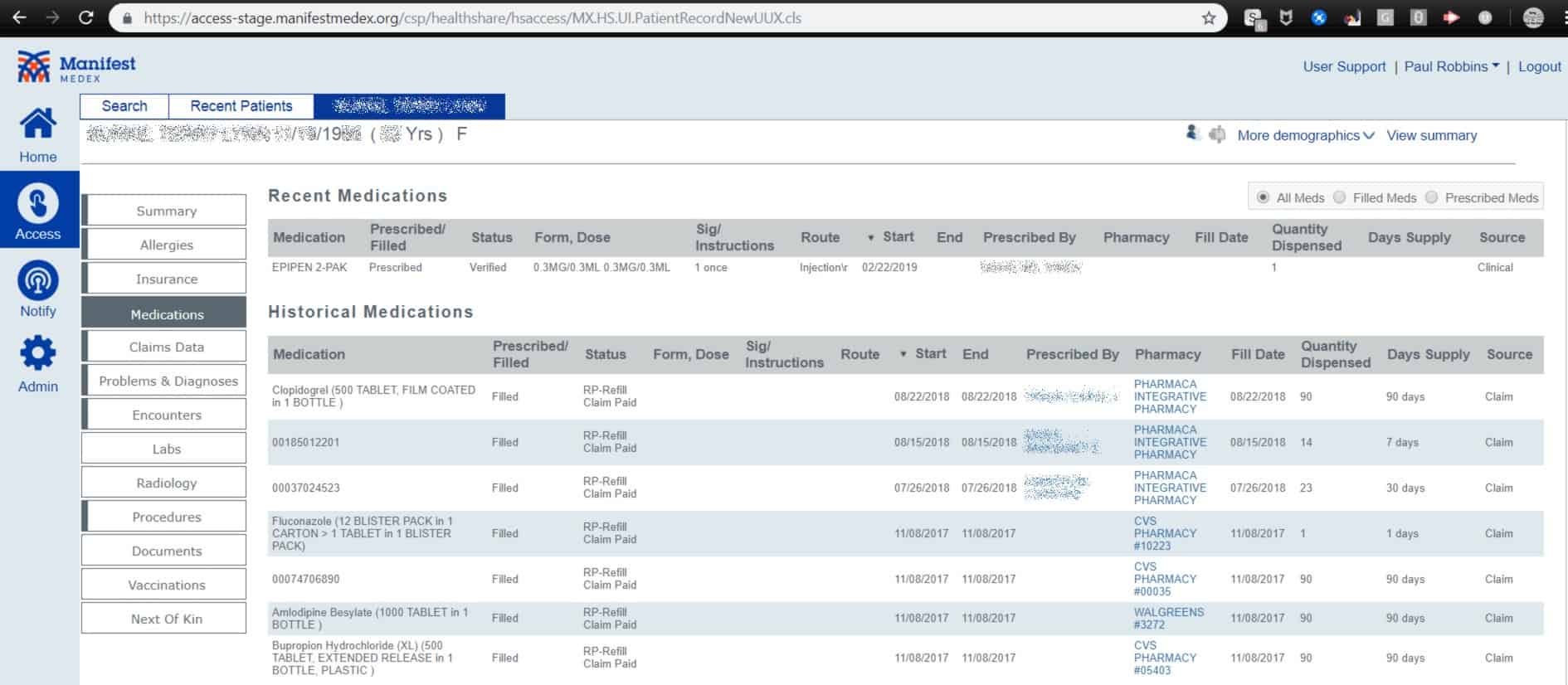InterSystems’ technology stack, anchored by its interoperability platform HealthShare, is widely recognized as a best-in-breed solution for securely sharing healthcare data across disparate systems. To simplify the transformation of data from different clinical sources, InterSystems developed a data model called SDA (Summary Document Architecture).
SDA allows for a simplified transformation of various patient-related source messages into useful outputs.
One of the most common outputs is a composite patient record within the HealthShare portal. A portal user can view unified patient information that is derived from disparate data sources – traditionally, EMR data from local providers affiliated with different organizations.
Manifest MedEx, the largest nonprofit health data network in California, realized significant value from extending HealthShare’s SDA data model to consolidate data from a wide range of sources beyond the traditional clinical setting, including Blue Shield of California and Anthem Blue Cross—the state’s two largest health plans.
A Range of Patient Data Sources
Patient data sources can include hospitals, physicians, labs, radiology centers, pharmacies, and now health plans—to name a few. Adapting SDA to accommodate these new data sources allowed us to not only capture elements from claims and health plan data that HealthShare doesn’t already track, but also to display – and more importantly – filter patient records by those elements in the clinical viewer.
Some of the specific fields we added to SDA include:
- Member policy amounts on insurance enrollments (things like copay, deductible, spend down, etc.)
- Medical claim extensions to be able to specify the source of the data
- Medication extensions to include tracking the source (claims vs clinical), sending pharmacy and fill date
- New extensions for diagnoses, procedures, and encounters to distinguish data generated by claims vs data that came in from a clinical feed
Here is an example view of a patient’s medications that were filled at different retail pharmacies. In addition to being able to view claims status, a provider can set a filter to see patient meds that have been prescribed but not filled.
These additional SDA fields provide a more robust patient record. The more comprehensive the composite patient record, the more informed the clinicians are who are making patient care decisions. With more complete patient information, benefits such as improved patient outcomes and reduced hospital readmissions are being realized.
About J2 Interactive
 J2 Interactive is an award-winning software development and IT consulting firm specializing in customized solutions for hospitals, labs, research institutions, and health information exchanges.
J2 Interactive is an award-winning software development and IT consulting firm specializing in customized solutions for hospitals, labs, research institutions, and health information exchanges.
Our approach to design and development is rooted in a fundamental belief that systems succeed or fail based on how well they serve the people who depend upon them.




